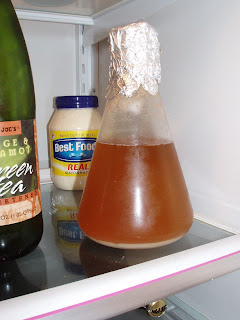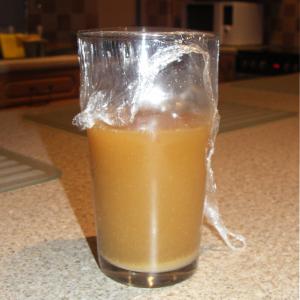If I make a yeast starter and am using a stir plate, is there any way I can tell how well the starter worked?
Right now, if I poured in a vial of dead yeast, I'm not sure I would know the difference. I've done a couple of starters so far and it looks like I have more yeast than I started with, but I can't tell for sure. I could measure the volume of the yeast after the starter but I don't want to do that for fear of contamination.
With a 1.2 liter starter and 1.036 OG starter wort, should I expect to see double the yeast? Triple?
They do smell like beer fermenting, so I assume something is working. I just don't know how well.
Right now, if I poured in a vial of dead yeast, I'm not sure I would know the difference. I've done a couple of starters so far and it looks like I have more yeast than I started with, but I can't tell for sure. I could measure the volume of the yeast after the starter but I don't want to do that for fear of contamination.
With a 1.2 liter starter and 1.036 OG starter wort, should I expect to see double the yeast? Triple?
They do smell like beer fermenting, so I assume something is working. I just don't know how well.







